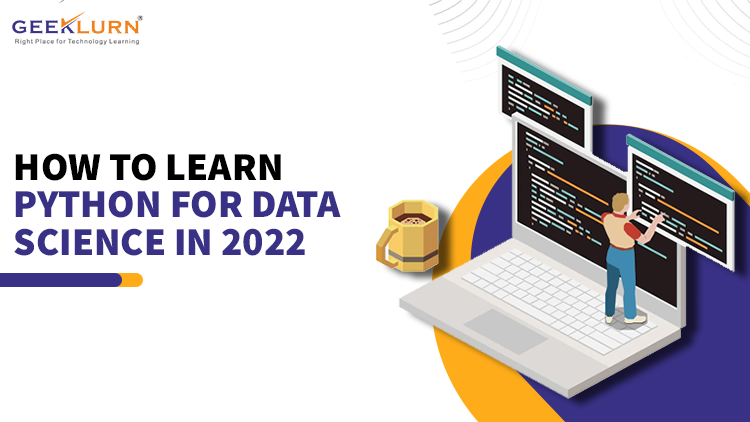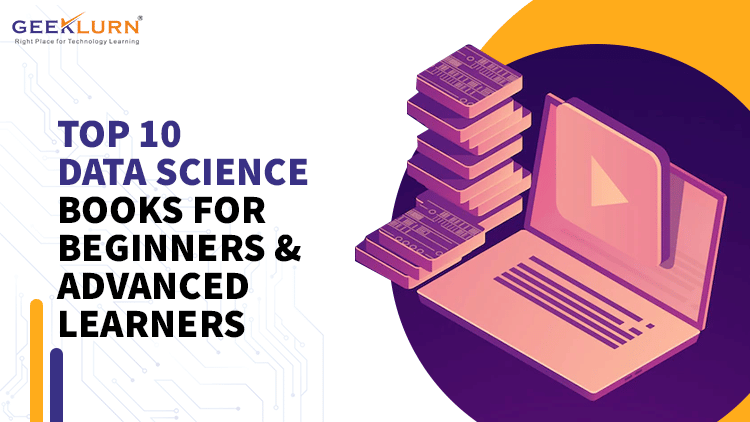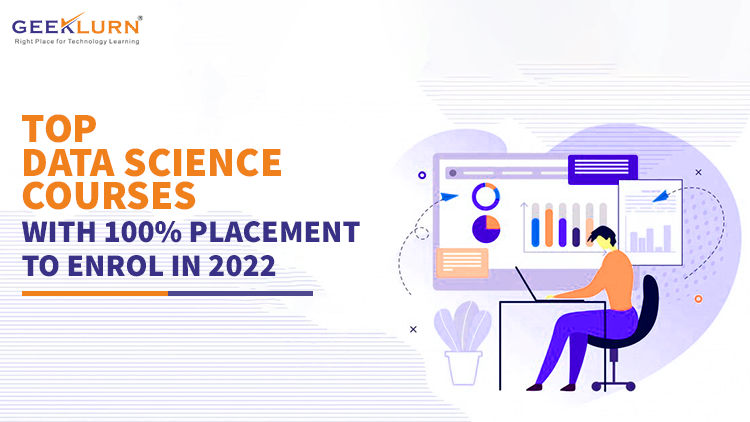Python is an object-oriented, pervasive and high-level programming language. It is widely used to automate tasks, conduct data analysis and build software. It is simple to learn, and the edit-test-debug cycle is impressively fast. The first step to learning Python is to have a clear idea of the structures, data types, integers (int), floats (float), strings (str) and booleans (bool). After this, you learn about compound data types like lists, dictionaries and tuples. Python is important for data science since it provides excellent libraries. The simple syntax is easy to use and can be adapted by anyone without an engineering background. Among the many languages, like R and C++, Python holds a unique place for data scientists.
Table of Contents
Should You Learn Python For Data Science?
Definitely yes! Python is the preferred programming language of data scientists globally. Let’s look at how the language has grown in popularity over the last decade or so:
- In 2016, it surpassed R on Kaggle.
- In the year 2017, it overtook R on KDNuggets’s annual poll which asked data scientists what their most-used tools were.
- In fact, by 2018, 66% of data scientists said they used Python daily. By this year, it was the number one language for analytics professionals.
- Last year, Python overtook Java on the TIOBE index.
And industry experts predict that Python will keep being a favourite of data scientists for years to come. So learning the language will definitely give you an advantage.
GeekLurn’s Data Science Architect Program comes with a 100% placement guarantee and is designed to help you master essential Python vocabulary. This is the best way to learn Python. You get an overview, learn the different applications, values, types and variables, loops, command line arguments, writing to the screen and discuss scripts on UNIX/Windows. The mentors provide hands-on demos on creating ‘Hello World’ code, variables, conditional statements and demonstrating loops.
Here’s a look at a few steps to learn python for data science:
Step 1. Know the Fundamentals
The first thing to do is to learn the data types. Implementing them is an expression of data and operations in terms of particular programming languages.
| Data Types | Examples |
| Numbers | 1234, 3.1415, 3+4j |
| Strings | ‘spam’, “Bob’s”, b’a\x01C |
| Lists | [1, [2, ‘three’], 4.5] |
| Dictionaries | {‘food’: ‘spam’, ‘taste’: ‘yum’} |
| Tuples | (1, ‘spam’, 4, ‘U’) |
| Sets | set (‘abc’), {‘a’, ‘b’, ‘c’} |
There are plenty of in-built functions, like len, input and print, that can define functions. It is a block code that can perform specific actions. Tuples in Python is used to store many items, separated by commas, in a single variable. It is ordered and unchangeable.
Dictionaries in Python are used to extract values when the key is familiar. These are usually mappings in value pairs with indexes. You need to focus on concepts like how to iterate through a dictionary covered in loops and, then, try to implement helper methods, like pop ( ), get ( ), items ( ) and update ( ).
Loops are made for repetitive tasks and Python learning for data science is incomplete without them. You also need to have a fair idea of While Loops and For Loops, in which the former is used to execute a series of information when the given condition is true, while the latter repeats a block or code countless number of times. All loops ask a question and perform an action if the answers require so. This will continue till no further action is needed.
Step 2. Hands-On Learning
Data science using Python makes it easy to collaborate across organisations. Try to build small projects, successfully complete them and earn certificates. GeekLurn offers a concise Python certification course, with 40 case studies that will enhance your implementation skills. Candidates will see the problem statement and actions to be performed. You will be able to store relevant information, think out of the box and become a pro Python developer. You’ll also learn to use tools like Git, Pandas and Matplotlib to analyse and visualise complex sets of data.
Step 3. Python Data Science Libraries
Libraries are a collection of modules related to one another. The code bundle can be used repeatedly, which makes it easier for programmers. It’s important to know how to import libraries in your workspace and read NumPy and SciPy to use them in your projects. You can also get an idea of each library, for instance, Scikit-learn is popular for machine learning. NumPy makes different types of statistical and mathematical procedures easy. You may also consider a few types of projects, like data cleaning, data visualisation and machine learning. All these will help you build a portfolio. Add plenty of charts and written explanations in detail that are helpful for non-technical readers.
Step 4. Data Science Portfolio
If you aspire to become a data scientist, having a portfolio that showcases your work is a must. It not only gives you an edge over other aspirants, but also proves to hiring managers and recruiters that you have working knowledge of the subject. Ideally, your portfolio should show that you have worked on data cleaning, data visualization and machine learning projects. Your knowledge of working with several different data sets should shine through; also mention the insights and trends you discovered during the projects.
Step 5. Advanced Data Science Techniques
Keep improving your skills and brushing up on your knowledge. Since data science is a dynamic field, it sees a lot of changes, improvements and advancements time and again. It is always a good idea to keep up with what’s happening; your data science journey will always be full of learning, so be ready for that.
Python Learning Tips For Beginners
- The best way to learn Python is to keep coding every day. The more you practice, the better you will get.
- Become best friends with the interactive Python shell because it is going to help you with everything – from learning about basic Python data structures to debugging an application.
- Surround yourself with others who are learning the language. This will help you to share and gain insightful and useful tips and tricks.
- Build something. It could be anything from a calculator app to a notification service to even an alphabet guessing game. The more you build, the more experience you will gain, and the more confident you will get.
The Bottom Line
Learning Python for data science does not take more than 3 months. But make sure you are also comfortable with advanced techniques like aggressions, classifications and clustering models. You may join the rich Python community on platforms like Quora and GitHub to have access to codes and be able to ask questions and share knowledge. You can also check out GeekLurn’s Data Science Architect program. It is a 24-months course that is divided into 6 months of live interactive classes and 18 months of sponsored project work. Thus, by the time the course is over, you would have already gained 1.5 years of real-time experience. The best part? As mentioned previously, the course comes with a 100% placement guarantee.






